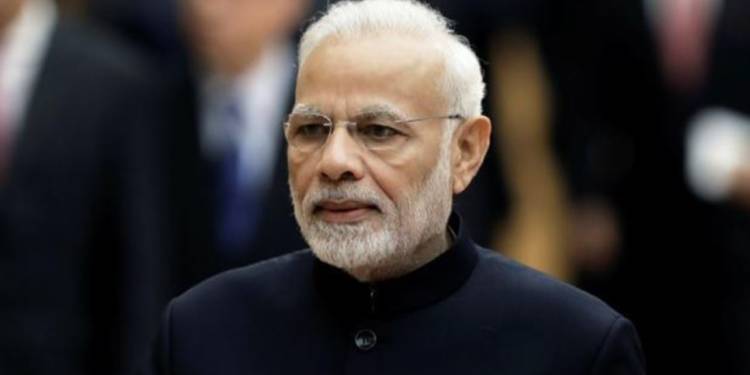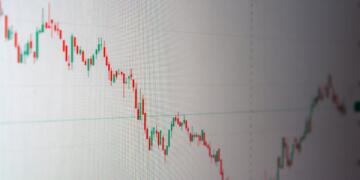Ideally, economic policies should be free of politics. Economists love to argue that economics is more of a science than social science and therefore the policies needs to be analyzed scientifically using mathematics as tool, but in reality, national economic policy or what is known as political economy, is never free of politics, and this is the reason it is called ‘political’ economy.
From the World War II to early 1990s, the world was divided into two blocks based on their models of political economy. But after the dissolution of the Soviet Union, the structure of global political economy moved towards US led liberalism or libertarianism.
Since 1990s, there was an unprecedented rise in free movement of goods as well as people. Trade to GDP ratio, which is the finest measure of openness of borders of interconnections of economies, rose exponentially in the last three decades from 20 percent in 1995 to above 30 percent in 2015.
However, in last the last few years, Globalization, Liberalization, and Privatization (LPG) – the operating mantra of Global political economy since the last three decades- has suffered unprecedented backlash, and Coronavirus induced recession is set to mark the end of LPG era.
Economic nationalism, which was gaining currency in the last few years especially after Trump became the US President in November 2016, is poised to become new operating mantra of nations. The politicians are no longer listening to economists from libertarian school of thought who reigned on policy-making sphere in the last few decades, and nationalist policymakers are back in the game.
In India, too, economic nationalism is the buzzword in policy-making, as seen in PM’s speech when he announced 20 lakh crore rupees economic package for revival of Corona ravaged economy.
“Local is not just the need, it is our responsibility also. Time has taught us that we must make the local as a mantra of our life. The global brands you feel today were sometimes also very local like this. But when people started using them, started promoting them, branding them, proud of them, they became global from local products. Therefore, from today every Indian has to become vocal for their local, not only to buy local products but also to promote them proudly,” said PM Modi.
The way ahead lies in LOCAL.
Local Manufacturing.
Local Markets.
Local Supply Chain.
Local is not merely a need but a responsibility.
Be vocal about local! #AatmanirbharBharat pic.twitter.com/eYqt5IDtBp
— Narendra Modi (@narendramodi) May 12, 2020
The economic revival package, announced in five days, focused in land, labor, laws, and liquidity. The government aims to emulate what is known as the East Asian model of the political economy, which focuses of investment and export led economic growth, with privatization of economy. Promotion of domestic companies through protectionism; labour intensive cheap manufacturing for foreign companies; and attracting global capital through liberal FDI policies is the operative model of the Modi government.
Bindu Dalmia, Chairperson for the National Committee of Financial Inclusion at Niti Aayog, summarised this in an article titled ‘Bugle for more reforms’ published in Daily Pioneer today. “Modi’s 21st century reinterpretation of “self-reliance” must be viewed as a “hybrid model” of economic nationalism, one that is not overly protectionist or insular to inbound FDI. Nor does “self-sufficiency” here imply a regressive return to the Nehruvian era of import substitution, which mollycoddled the local industry into mediocrity and complacency,” wrote Dalmia.
China and many other East Asian countries used the model of economic nationalism to become low income countries to middle income countries within a generation. In the last four decades, China went from state controlled economy to a more market-led economy than India, and also protected its domestic industries from foreign competition at the same time.
While all top American technology companies ranging from Google to Facebook are major players in India, China did not let these players operate and built its own Internet economy. Today it has some of the largest technology companies by revenue like Huawei, Alibaba, Baidu, and Tencent.
The 2019 Economic Survey praised the Economic Nationalism of China which used the Globalization to rise economically but kept its doors closed for foreign companies to grow. “China remains an investment-driven economy even today with its investment and savings rates reaching about 45% of GDP even in 2017,” reads the Economic Survey.
This model is now popularly known as the East Asian model but if we go back to history, India’s political economy operated on this model since thousands of years. During Chankya’s times, India’s trade surplus was huge and Indian temples are still filled with European gold coins of Roman era, because, India imported only few items while exports were very high. Modi government is now trying to use that political economy model and the results will be out in next few years for critical evaluation.

































